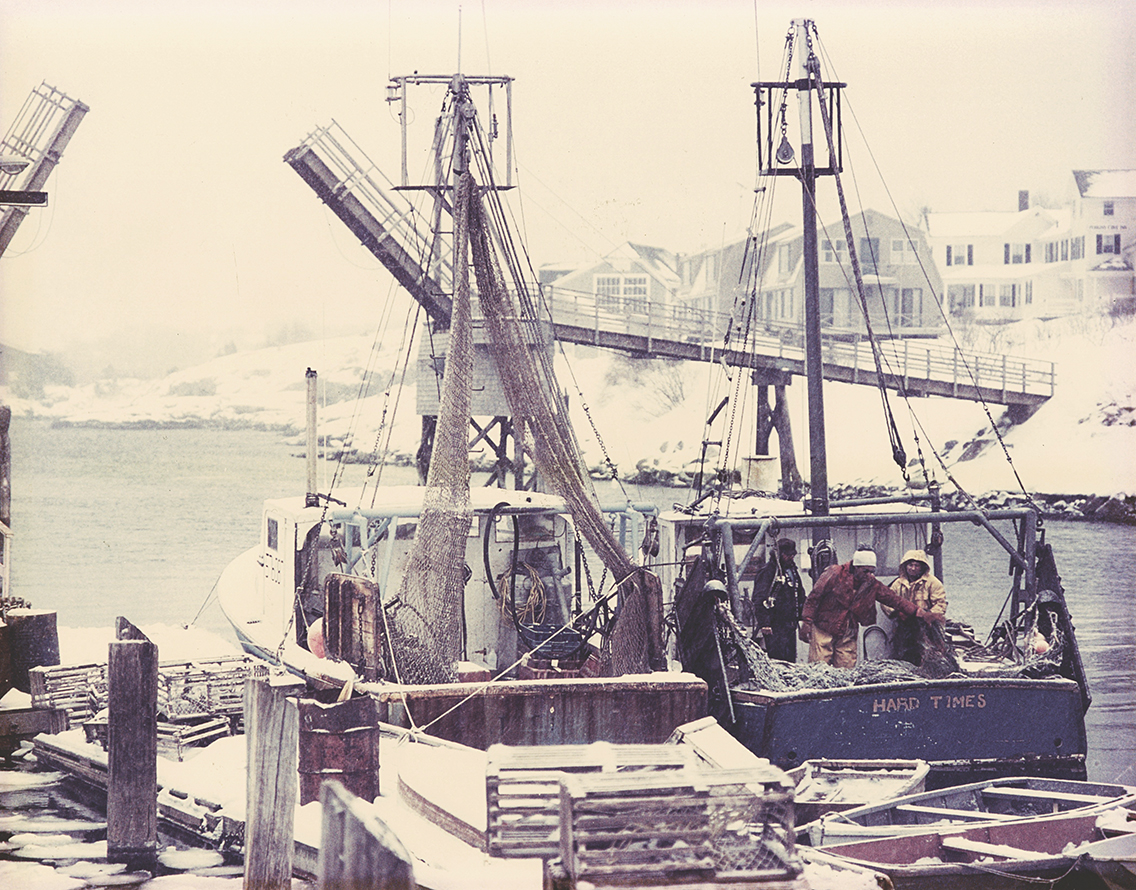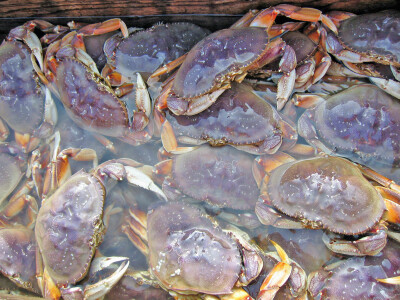In the early 1980s, when I was fishing a dayboat dragger out of Ogunquit, Maine, a noise ordinance came before the town meeting under the terms of which, as we understood them, fishermen would not be able to start their engines before 7 a.m.
On the bait wharf, we viewed the proposal as the child of well-heeled folks from away who liked the idea of water views and fishing boats but drew the line at having to listen to diesel engines starting up before breakfast.
Talk of the ordinance created quite a stir in the run-up to town meeting, but not so much among the fishermen. We would fish on our schedule, noise ordinance or no.
But that was then. Tourism was not yet a year-round industry nor was new-home construction a way of life. Coastal communities were still home to “working class” families, and during winter it was common to find laid-off construction workers, restaurant help and others on the back deck of fishing vessels trying to earn a paycheck. As a result, the connection to fishing was not casual, but intrinsic. Fishing was woven into the fabric of coastal communities.
Much has changed, especially, for example, in New England’s groundfish ports. The wharves in Portland, Maine, and Gloucester, Mass., that I scrambled over in my youth are no longer jammed with trawlers rafting two or three deep, to say nothing of the chandleries, gear lofts and fuel boats that have disappeared.
I have often said that markets are a force of nature. If there is a more economically efficient use for wharf space, a free market will unearth it. This puts fishermen at a disadvantage, because a vessel earns it money at sea. As a result, as we’ve watched from coast to coast as fish docks have morphed into yacht basins, condominiums, tourist attractions, and so on.
The antidote to this free-market effect is so-called working-waterfront zoning. But ultimately zoning is a fix, not a solution. What the voters giveth, the voters can taketh away. It is axiomatic that working waterfronts shrink over time.
If losing access to the waterfront is a game changer, losing access to the fish is a game ender. Yet this seems very much in the offing today, and what is maddening is that for the most part, it has nothing to do with the health of stocks.
Rather, as we get better at managing fish, the conservation community divines new rationales to curtail fishing. First it was the need to eliminate bycatch, which the fishing industry has by and large accomplished, at considerable cost. Then it was the need to create underwater game preserves, known as marine protected areas. Now we are told that we have until 2030 to expand these MPAs until they encompass 30 percent of the world’s oceans, as well ban trawling if we are to save the planet from carbon dioxide.
Anyone who thinks his or her fishery is exempt from persecution is living in another world. Maine’s venerable lobster fishery justifiably has been held up as example of a partnership between management and fishermen for the betterment of all. Along come advocates for the endangered northern right whale, who allege the lobster fishery is killing the whale, and all bets are off. The fact that the sad fate of northern rights can in no way be tied to the practices of Maine lobstermen is irrelevant.
As if that were not enough, a floating, 12-megawatt wind turbine that clean-energy enthusiasts hope will make the case for wind power in the Gulf of Maine is to be tested this spring. Lobster catchers say they are already losing gear to associated survey vessels and fear the impact of the power cable on the sea floor. Long term, plans for as many as a dozen windmills 20 to 40 miles offshore are not setting well with the fishing industry.
There’s a disturbing pattern here. In the case of the right whale, ship strikes and entanglements with Canadian fishing gear are the pre-eminent threats to the animal. Yet advocates demand that Maine lobstermen take expensive and, in some cases, far-fetched measures to save the species.
When it comes to wind turbines, lobstermen are told about the hundreds of jobs turbine construction will produce. That certainly would excite me if I had a mortgage on a half-million-dollar boat and $100,000 worth of gear in the water. And why is it that someone is always telling fishermen that they should be licking their lips at prospects for waterfront jobs in the post-fishing economy?
It is past time to have some uncomfortable discussions. What price, for example, is the lobster industry expected to pay to mitigate the risk of entanglement of a single right whale? When was the last entanglement, anyway? Should we, in the name of good intentions, decimate an industry that is a way of life along Maine’s coast and provides thousands of job afloat and ashore? That’s a tough question, but it’s fair. The truth is that northern rights will survive — or not — regardless of what Maine lobstermen do.
An analogous discussion is called for regarding wind turbines. Even stipulating that a shift to clean energy is inevitable, what’s the master plan? Is it to try this and that here and there and tell folks adversely affected to suck it up?
Lately we hear a lot about economic justice; the idea that the most successful economies are the ones that are fairest to the most people. It’s a worthy if idyllic notion, and typically we hear it in the context of citizens who have not been afforded opportunities others have embraced.
The notion applies as well to working men and women, including those involved in the use of natural resources. And in its calculation, we are going to have to reckon with worrisome environmental factors — climate change, species decline, and others, as yet uncharted — in such a way that the lives and living of working people are not the only variables in the equation.







